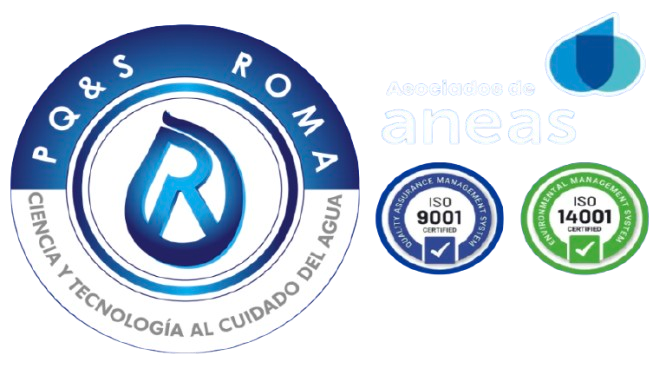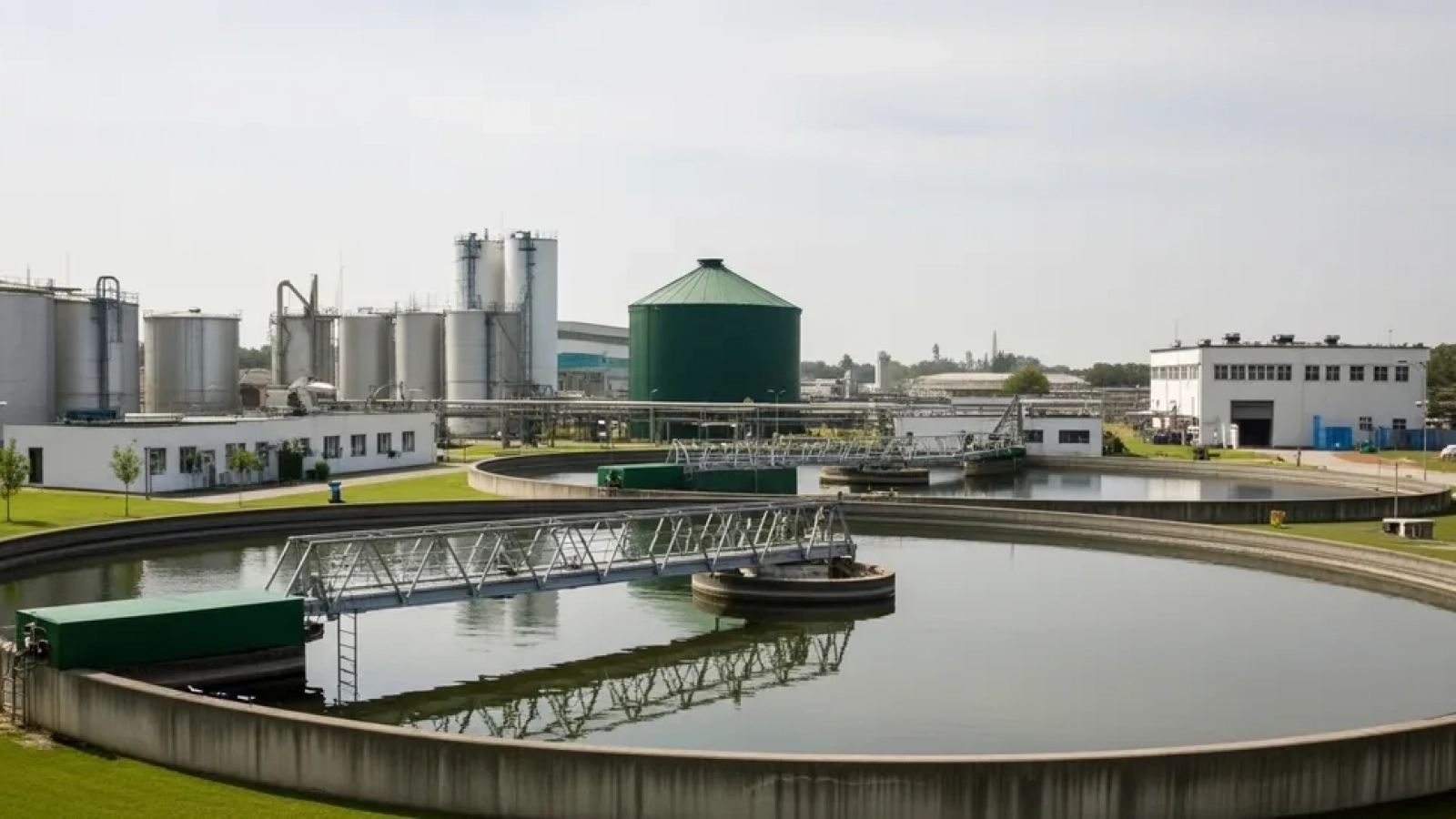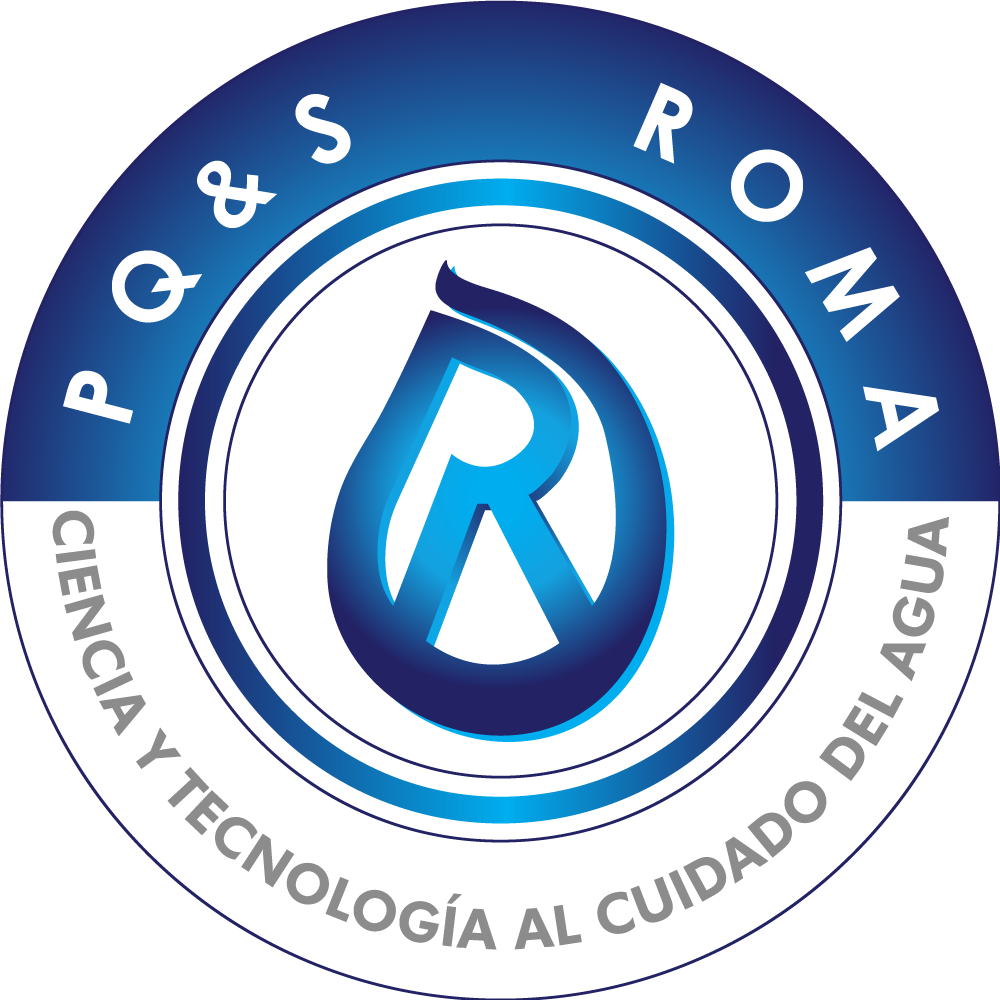Nitrogen (N) and phosphorus (P) are essential nutrients for life on Earth. However, when they are present in high concentrations in water bodies, their role changes dramatically—from vital nutrients to dangerous pollutants. The discharge of wastewater rich in these elements causes eutrophication, a phenomenon that disrupts aquatic ecosystems, harms marine life, and ultimately poses risks to human health. Their effective removal is therefore fundamental to environmental sustainability.
Impact of Nitrogen on Water Bodies
Nitrogen reaches water bodies through natural sources and, increasingly, through human activities such as fertilizer use, industrial processes, and fossil fuel combustion.
The main environmental issues associated with excess nitrogen include:
- Increased water acidity, which affects pH-sensitive species.
- Eutrophication, which promotes excessive growth of algae and aquatic plants, depleting oxygen and killing other forms of life.
- Toxicity, as nitrogen compounds can be poisonous to aquatic life and hazardous to human health.
Toxicity of Nitrogen Compounds
- Ammonia (NH₃): Highly toxic to fish, as it easily passes through their gills.
- Nitrite (NO₂–): An intermediate compound in the nitrogen cycle that can be lethal to aquatic organisms.
- Nitrate (NO₃–): Less toxic to fish but harmful to human health when accumulated in drinking water, especially for infants.
Nitrogen Removal Methods
Nitrogen removal from wastewater is achieved through a combination of physical, chemical, and biological processes.
Physical Processes
- Reverse osmosis: A high-efficiency method using specialized membranes to separate contaminants. Although effective, it is costly and used mainly for specific contaminant removal.
Chemical Processes
- Ion exchange: Employs resins that exchange ions. While effective, it can be limited by selectivity for nitrates and resin regeneration challenges.
Biological Processes
These are the most common and efficient large-scale methods, relying on microbial activity:
- Assimilation: Bacteria incorporate ammoniacal nitrogen for growth and reproduction.
- Nitrification: Under aerobic conditions (with oxygen), bacteria such as Nitrosomonas and Nitrobacter convert ammonium (NH₄⁺) into nitrate (NO₃–).
- Denitrification: Under anoxic conditions (without oxygen), other bacteria convert nitrate into nitrogen gas (N₂), which is harmlessly released into the atmosphere.
Phosphorus Removal in Wastewater
Phosphorusis an essential nutrient, but its excess is the main driver of eutrophication in freshwater bodies. The most common sources are agricultural fertilizers and urban or industrial discharges. Phosphorus can appear in water as orthophosphate, polyphosphates, or organic phosphorus.
Phosphorus Removal Processes
Chemical Precipitation
This method is highly effective for phosphorus removal. It involves adding chemical agents that react with phosphorus to form insoluble compounds, which can then be removed by sedimentation or filtration.
The most commonly used agents are:
- Aluminum salts and aluminum polymers
- Iron salts
- Organic flocculants
This process can be applied at different stages of wastewater treatment—pre-precipitation, co-precipitation, or post-precipitation—achieving removal efficiencies of up to 90%.
Biological Phosphorus Removal
Certain microorganisms can accumulate large amounts of phosphorus. In a process known as Enhanced Biological Phosphorus Removal (EBPR), these organisms are cultivated under controlled anaerobic and aerobic conditions to absorb phosphorus and incorporate it into their biomass, which is later removed along with the sludge.
Conclusion
The removal of nitrogen and phosphorus from wastewater is not a luxury—it’s a critical necessity for protecting ecosystems and public health. An effective strategy must combine physical, chemical, and biological processes tailored to the specific characteristics of the wastewater.
At Químicos Roma, we understand the complexity of these challenges. We offer customized solutions for wastewater treatment, helping companies comply with environmental regulations and operate more sustainably.
Contact us for expert advice and discover how we can help you protect the environment.






Add a Comment